The darker the night, the brighter the stars… Like all the best proverbs, this old maxim contains an irrefutable nugget of truth at its core. The astral spectacle above us, with thousands of stars visible to the naked eye and set against the immensity of space, is arguably the most magical sight that our planet has to offer. Yes, that’s right, the greatest show on Earth is directly above us, if we could only find the time – and the right location – to take it in.
The majesty of the night sky has been a constant source of wonder throughout human history, and was appreciated, respected and even feared by our ancient ancestors. It’s no accident that the major constellations in this celestial tapestry carry names derived from Greek, Roman and Middle Eastern cultures. Most societies, however, have sought to make sense of the stars above us and to form pictures (and find meaning) from the patterns and shapes they saw.
This is in stark contrast to modern times, where we are all so overloaded with media, information and alerts that it can be hard to find time to pause and reflect on our surroundings, never mind to look up. How many of us today, especially city dwellers, would struggle to name more than one or two of the major constellations? Despite the technological sophistication of contemporary life and, ironically, an enduring fascination with science fiction and space-inspired themes, we seem to have neglected the simple pleasure of stargazing.
Scope For Improvement
It wasn’t always like that. Most of the world’s great cities boast observatories, with some – like the Royal Observatory in Greenwich, London – dating back to the 17th century. Others, such as the Griffith Observatory in Los Angeles, built in 1935, show that stargazing has been a popular urban fascination right through to modern times.
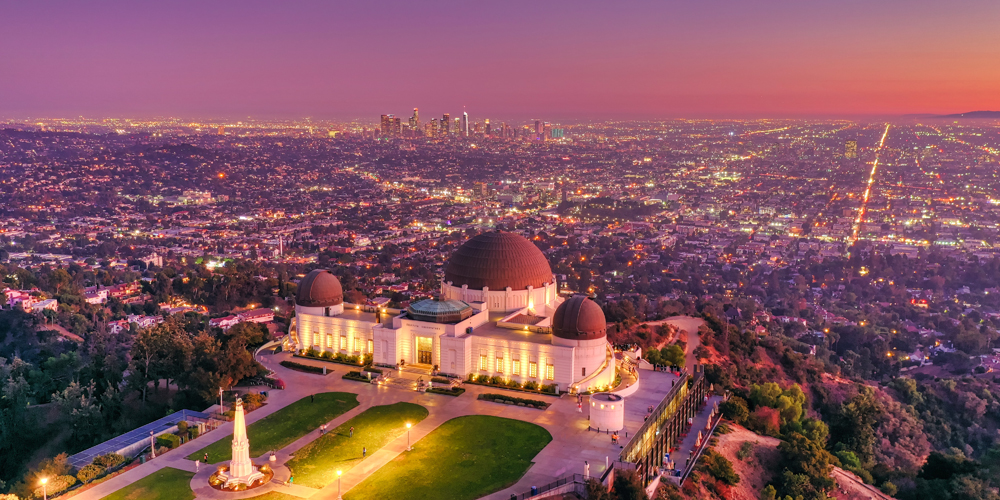
That said, it isn’t always easy to even see the night sky in the heart of the city – dark sky or otherwise. Whether due to cloudy weather, smog or light pollution, the reality of city life is that many of us – even if the interest was there – are prevented from being able to fully experience one of the most magical sights that our planet has to offer.
The glare of artificial light has a serious impact on our ability to observe the stars above us. While it doesn’t technically block the light from the stars, the general haze of artificial light that urban conurbations produce significantly obscures our ability to see the stars, rather like fog. Many would point out that this misdirected light is also a waste of energy, confuses wildlife, and potentially even disturbs our natural sleep patterns and circadian rhythm.
The good news is that something can and is being done about this. On a practical level, many towns and cities are now investing in better-designed and smarter street furniture with fittings that focus most light downwards, as well as using warmer and dimmer lights in some cases. But looking beyond the urban environment, further exciting dark sky initiatives are now changing the conversation around this subject.
The United States-based non-profit International Dark-Sky Association (IDA) has played a pivotal role in focusing attention on the issues surrounding light pollution, as well as providing education and outreach, plus supporting efforts to change public policy. Critically, the association has also created a new benchmark with its formal recognition of certified Dark Sky Places. The certifications encompass five different categories of locations:
International Dark Sky Sanctuaries
The Sanctuaries are described by the IDA as “the most remote (and often darkest) places in the world whose conservation state is most fragile.”
International Dark Sky Parks
The Parks are designated by the IDA as: “publicly or privately owned spaces protected for natural conservation that implement good outdoor lighting and provide dark sky programs for visitors.”
International Dark Sky Reserves
The IDA explains that the Reserves consist of “a dark ‘core’ zone surrounded by a populated periphery where policy controls are enacted to protect the darkness of the core.”
International Dark Sky Places
The Places are adjudged by the IDA to be “sites near or surrounded by large urban environs whose planning and design actively promote an authentic nighttime experience in the midst of significant artificial light at night.”
International Dark Sky Communities
The Communities category allows the IDA to honour those cities and towns that “adopt quality outdoor lighting ordinances and undertake efforts to educate residents about the importance of dark skies.”
Effecting Transformation
The work of the IDA and other dark sky campaigners and enthusiasts is beginning to generate significant momentum, with an ever-increasing number of locations now hoping to obtain official certification. The enthusiasm for dark sky recognition also extends to tourism boards who see the advantage of this new status.
This is little wonder. With more people than ever before conscious of how they choose to travel and the impact it has on the world, travel experiences with substance and a compelling environmental story are at a premium. This concern is supplemented by an increasing desire for transformative travel – journeys and experiences that will genuinely change our perspective on life in a meaningful and sustainable way.
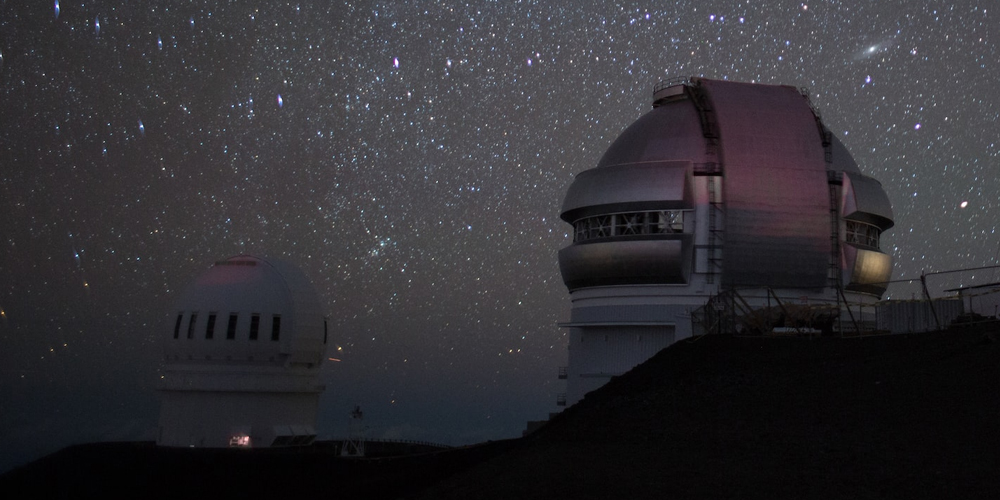
There can be few more fundamental or transformative experiences than the opportunity to ‘bathe’ in the beauty of a pristine night sky in an unspoiled location. An intrepid few are taking their new-found interest to even more stellar heights by visiting observatories in remote locations, where permitted. Either way, by prioritising designated dark sky sites, travellers are helping to increase the pressure on other locations to aspire to dark sky certification.
Five Shooting Stars
While not quite a Milky Way (yet), there is already a proliferation of ‘star’ destinations that have earned IDA recognition. These are places that beguile through their natural environments by day, but humbly retreat into complete darkness at night to allow the night sky to shine brighter than anywhere else. While everyone will have their own preference in terms of locations to visit, we boldy go with five enticing recommendations for a ‘star trek’ of an entirely different kind.
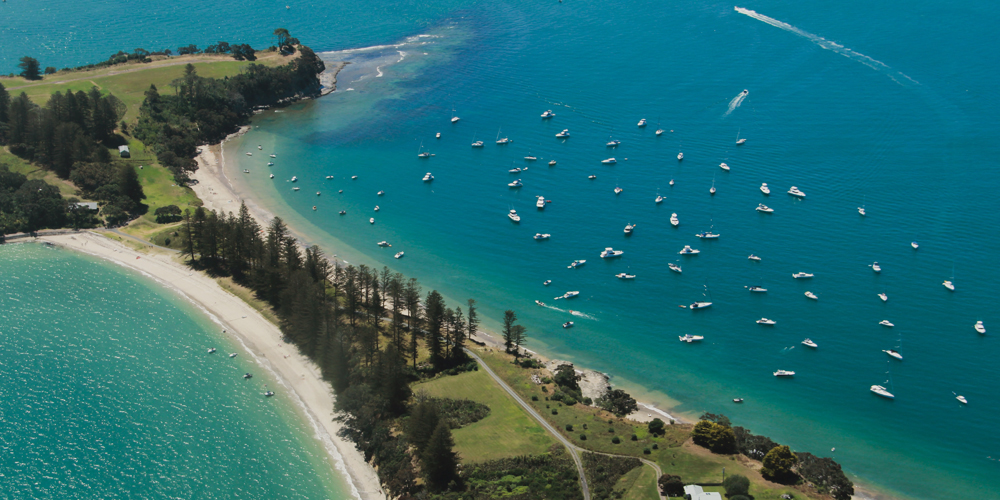
Aotea/Great Barrier Island, New Zealand
With the entire island designated as an International Dark Sky Sanctuary, Great Barrier Island – or Aotea, to use its Māori name – is located around 90km from Auckland in the Hauraki Gulf. Approximately 70% of the Island is within a conservation park, offering outstanding opportunities for hiking and getting closer to nature. Many travellers will be equally attracted by the chance to sail the beautiful waters or relax on one of the many uncrowded beaches. The final touch comes, of course, once the sun sets and you have the endless night skies to gaze up to.
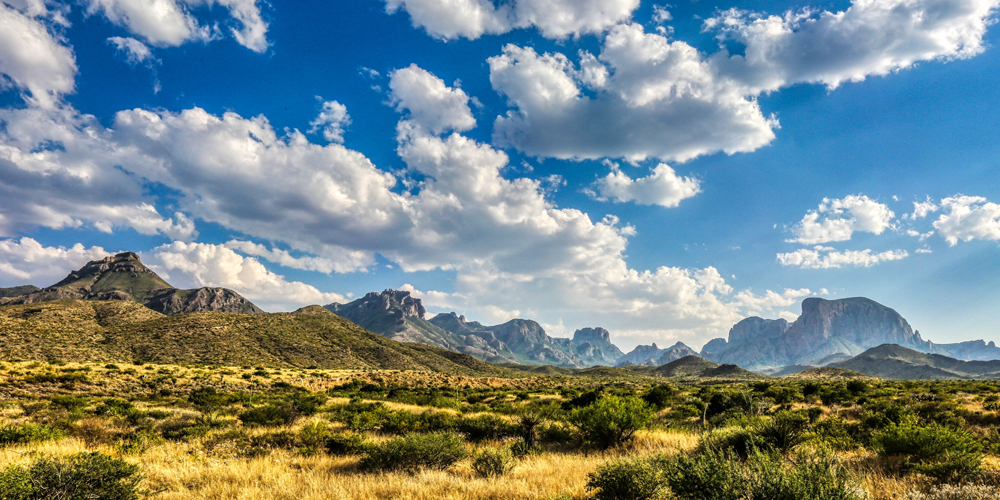
Big Bend National Park, USA
The United States leads the way in terms of Dark Sky-certified locations across all categories, and the Big Bend National Park in southwest Texas is just one of many places in the country to earn IDA recognition as an International Dark Sky Park. Another outstanding hiking destination, Big Bend appeals also for being one of the least-visited of America’s national parks. They say everything is bigger in Texas, and now with its recent dark sky designation, the state can proudly claim its stars to be brighter, too.
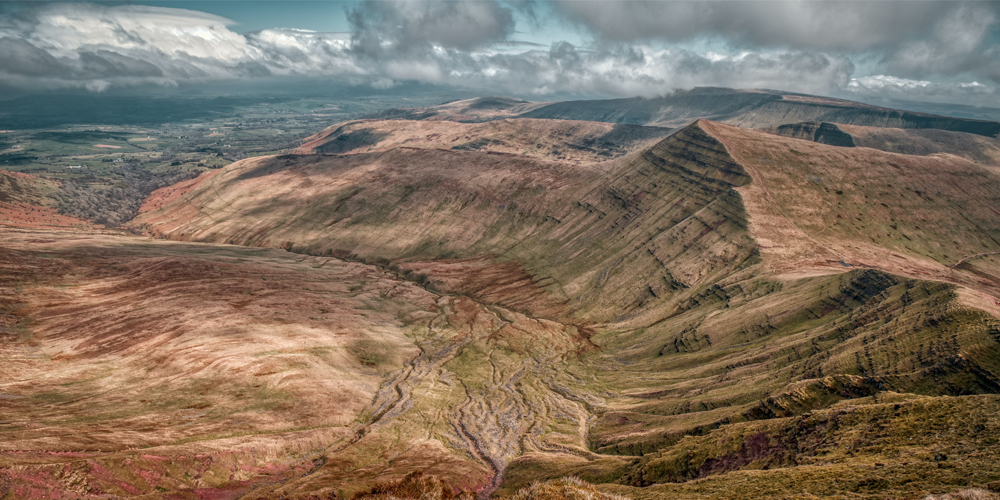
Brecon Beacons, Wales
Britain is home to a number of notable International Dark Sky Reserves. Many of these are in England, from Cranborne Chase in Dorset – deep into Thomas Hardy country, through to the South Downs, which lies close to Brighton and Hove, as well as Exmoor National Park and the Yorkshire Dales National Park. Our pick, however, is to be found just across the border. Wales may be a small country, but it compensates with some epic and varied landscapes. The red sandstone peaks of the Brecon Beacons are an absolute highlight. Enjoy the divine views and burgeoning foodie scene by day, and be grateful for the stars shining bright at night – all thanks to the local population’s commitment to preserving their immaculate dark skies.
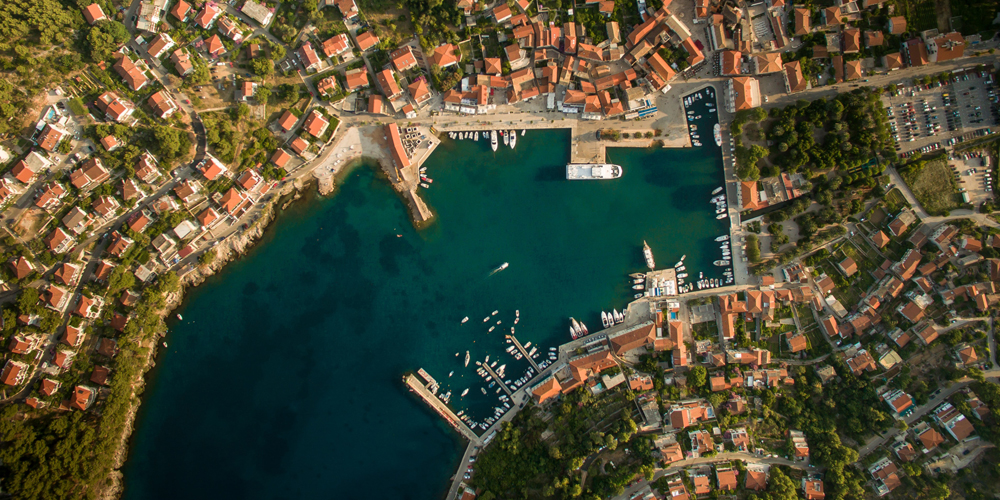
Jelsa, Croatia
Hvar Island is widely recognised as the jewel in the crown of Croatia’s Adriatic islands. So much so that it is already a popular TV and film location, thanks to its beautiful beaches and coves, as well as the chic sophistication of Hvar Town to the west of the island. However, look east and you will discover the municipality of Jelsa in the centre of the island. Distinguished as Croatia’s first International Dark Sky Community, it has earned this merit by virtue of an ambitious strategy to refit all of its public lighting, and encouraging the private sector to follow its lead.
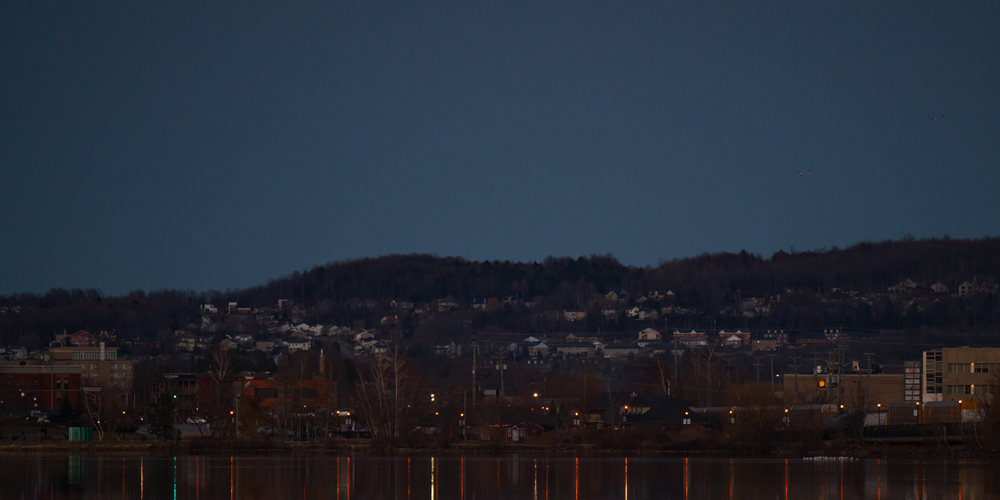
Parc du Mont-Bellevue, Canada
Visitors to Sherbrooke in southern Quebec won’t struggle to identify Mont Bellevue, located in the centre of the city. Standing at over 333 metres, the peak commands the surrounding park that it’s located in and offers impressive views of the surrounding city. Known as a university city with a large student community, it is now gaining recognition for its commitment to dark sky measures, earning designation by the IDA as a notable Urban Night Sky Place.
Just wait for magic hour as the sun starts to set, and feel the anticipation as the city is gradually cloaked in darkness. Cast your eyes to the sky, and enjoy the nightly show replete with as many stars as you could wish for…

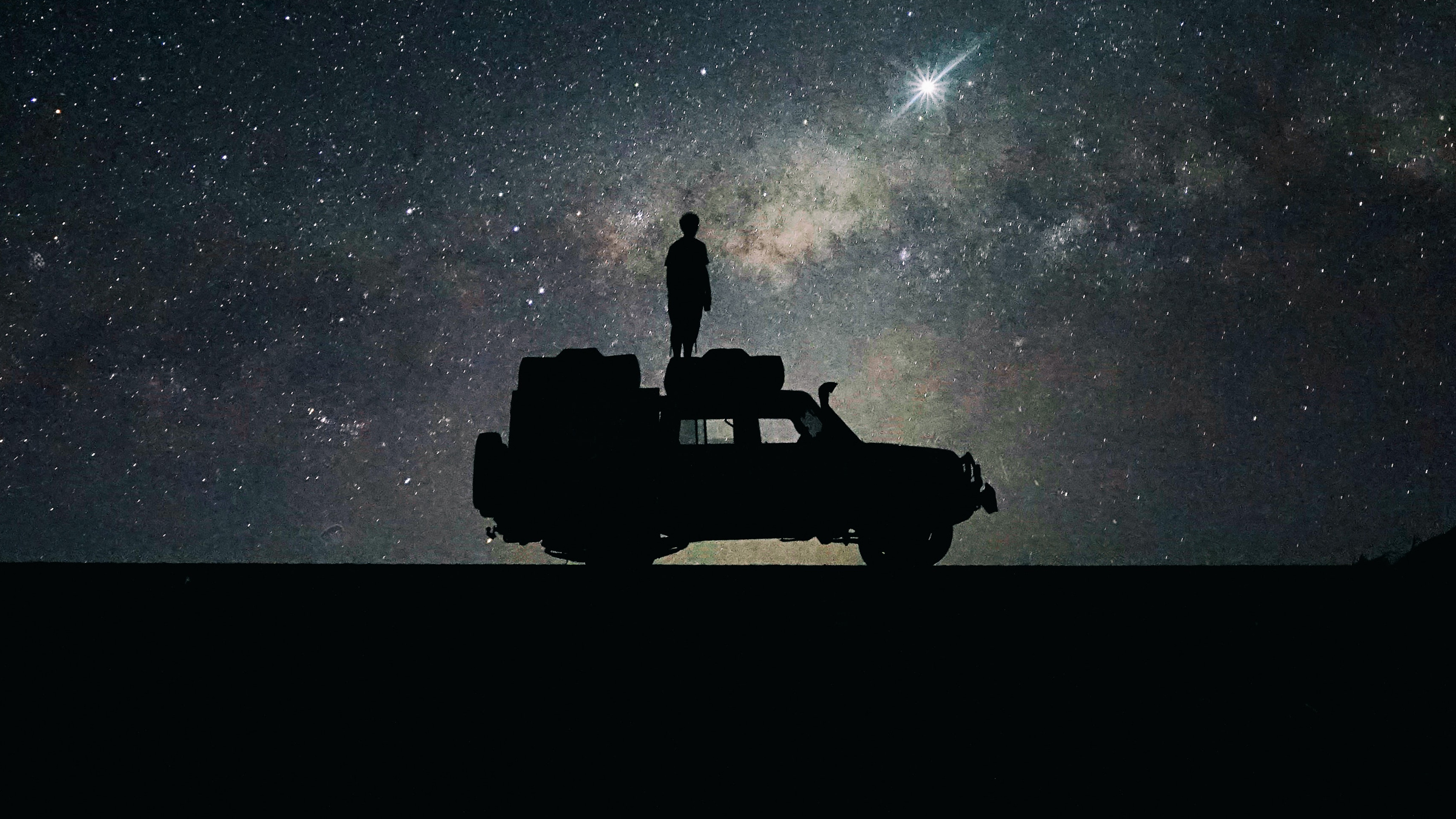
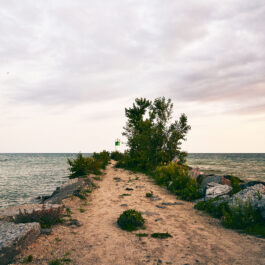








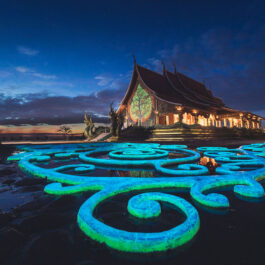


Sorry, the comment form is closed at this time.